CLUBFOOT
Over the years I have managed multiple babies with clubbed feet with marvelous results. Treatment involves placing the feet in sequential casts to correct the deformity and later to tenotomise the heelcord. It restores foot form without large surgery and avoids the stiffness associated with such surgery. The technique was first described by dr Ponseti. It does require a dedicated mom and dad, but the results are worth all the effort.
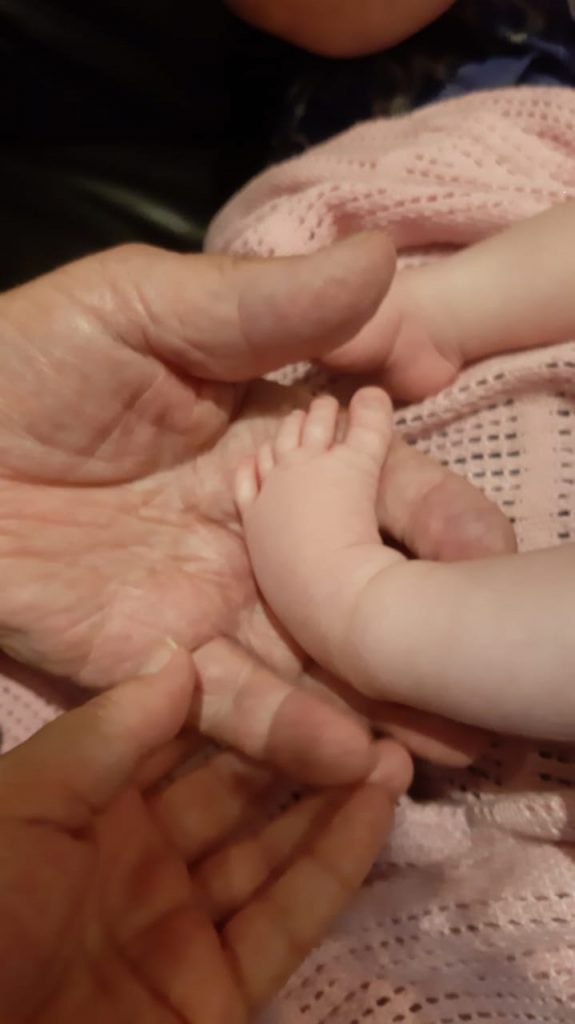
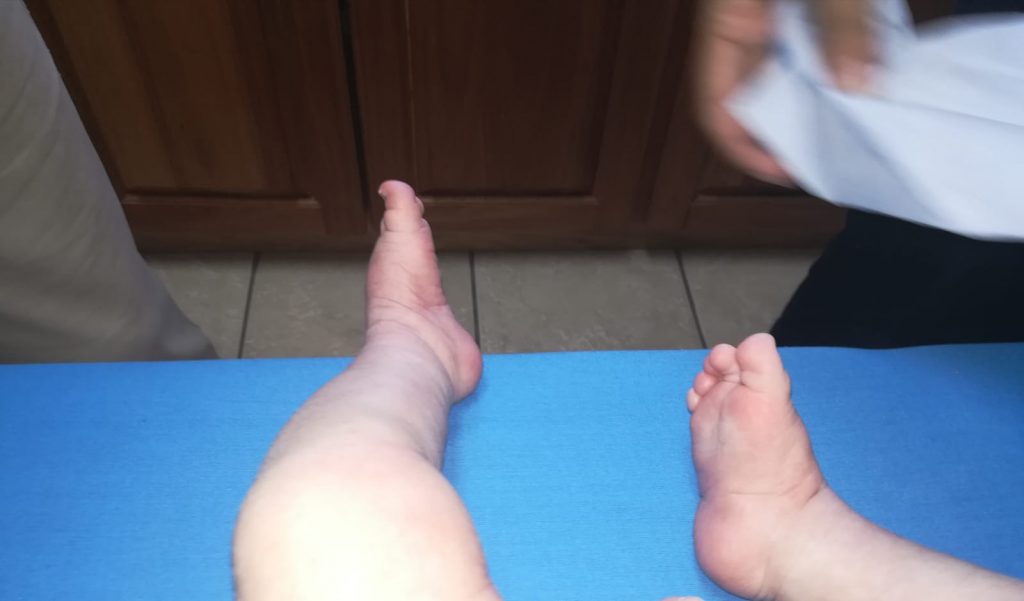
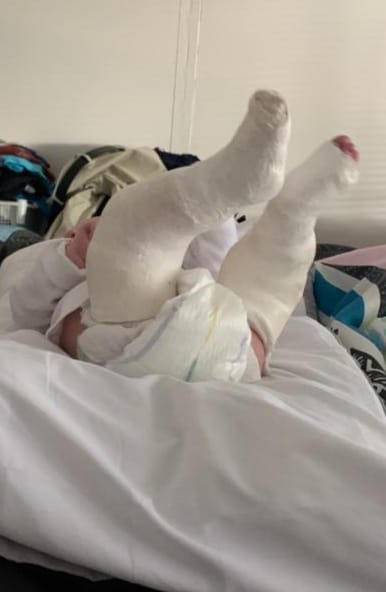
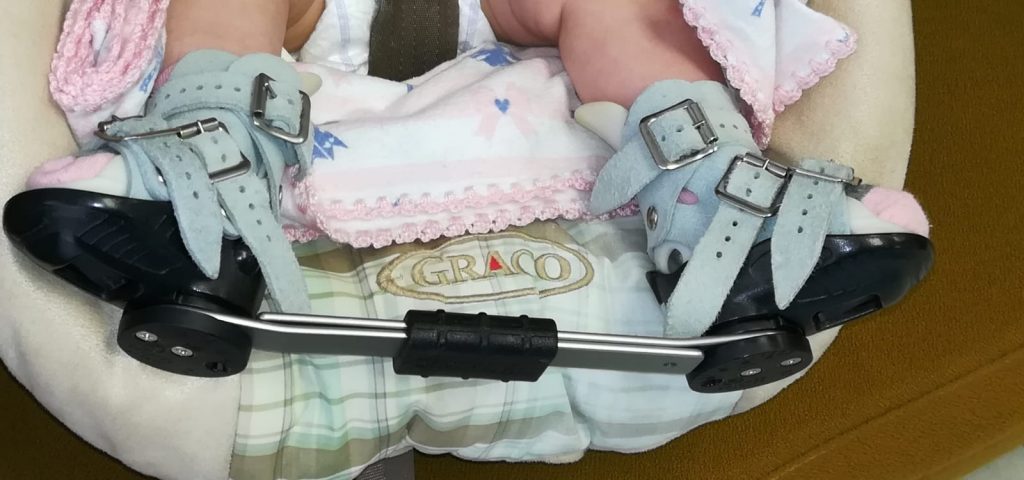
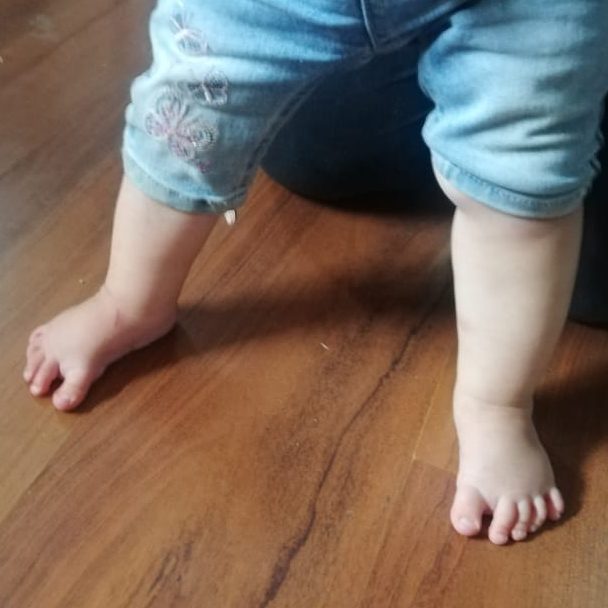
DIABETIC FOOT
Treatment of diabetes is problematic and has many facets. Unfortunately many patients with diabetes remain in denial and end up at my rooms with complications of poorly managed diabetic control.
Management then entails treatment of infection, debridement of infected tissue and removal of infected bone. As a general principle, once a diabetic patient has infected bone (osteomyelitis), it has to be removed to heal the limb. Antibiotics alone is not effective. This often necessitates an amputation of some kind. Obviously prevention is better than the cure.
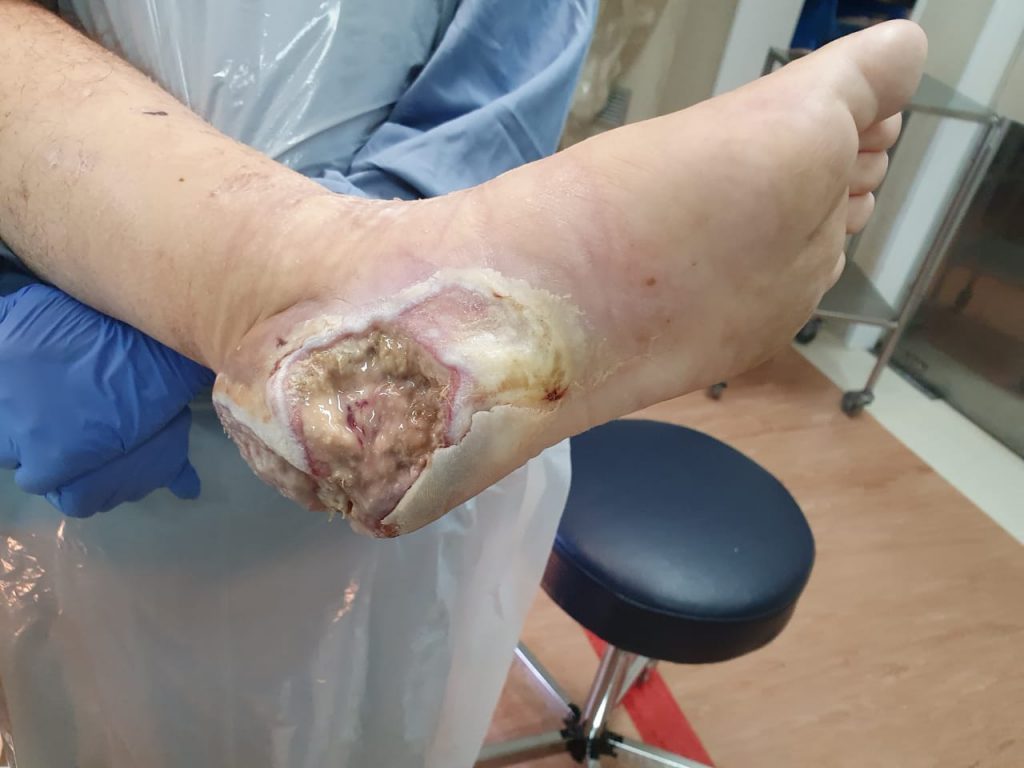
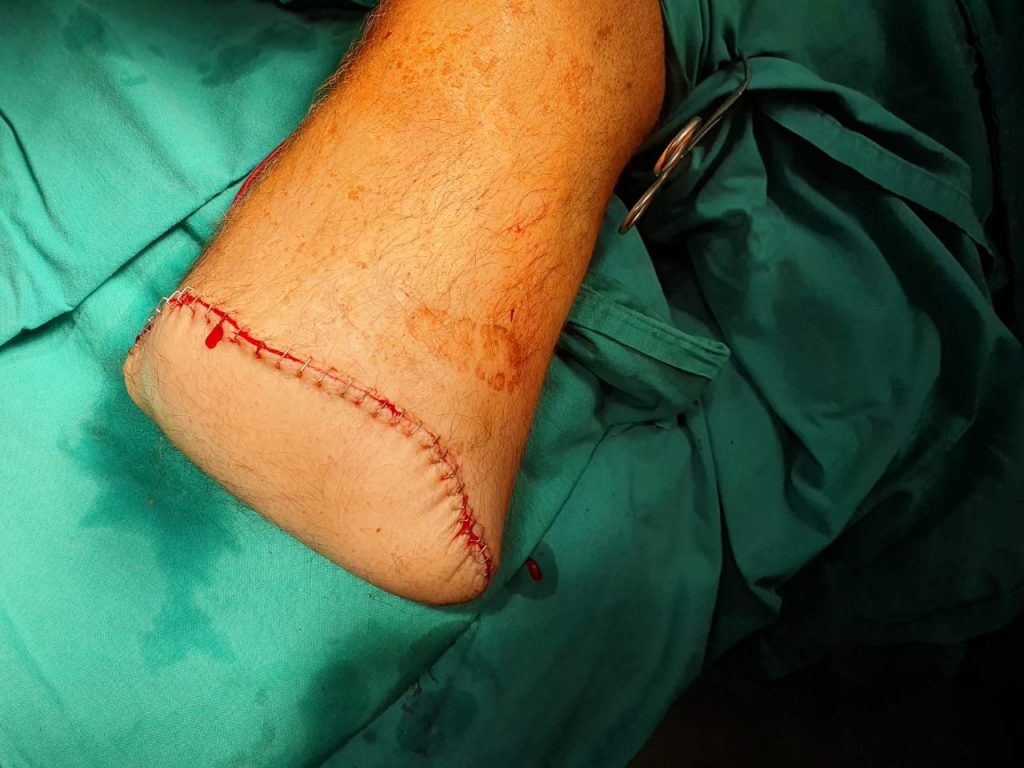
STRESS FRACTURE CALCANEUS
Heelpain in persons who stand long periods or walk far can be the result of a calcaneal stress fracture. Smoking or female sex seem to be risk factors to take into account. Treatment is a period of non weight bearing and vitamin D.
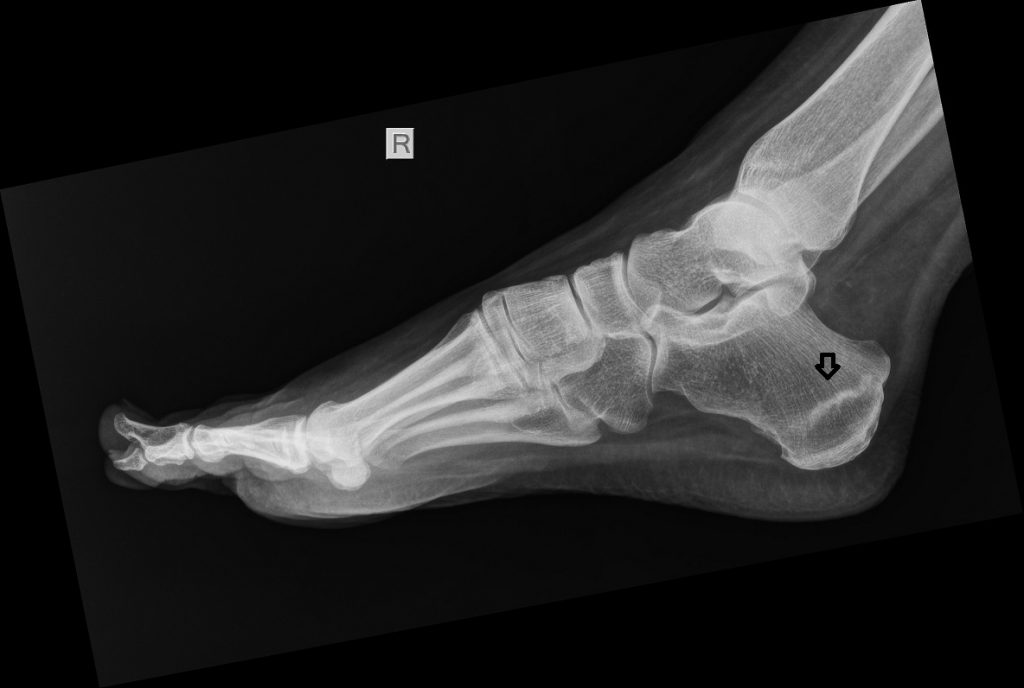
Bunions
Bunions are almost exclusively found in female patients. The reason is obvious, the shoes they wear. Years of pressure on the big toe eventually deforms it and results in a bunion. The best treatment is prevention. This is done by wearing shoes that places no pressure on the big toe nor the lesser toes. The shoe should not touch the toes and be broad enough to allow the forefoot to spread naturally when weight bearing.
foto
As most women do not heed this advice, many will end up with bunions and end up in my rooms with a painful deformity. Treatment with spacers is not very effective, but can be tried.
Surgery type has to be tailored to the magnitude of the deformity, the presence of a flat foot deformity, hyperlaxity and degeneration. Types of surgery include: removal of the bump with soft tissue correction;
foto
Removal of the bump with distal bone correction;
Foto
Removal of the bump with proximal bone correction;
Foto
And removal of the bump with fixation of the midfoot joint
foto
During consultation the type of correction will be determined after taking into account the magnitude of the deformity as well as laxity and other deformity. Using nicotine in any form will disqualify you from surgery as nicotine can cause wound breakdown and non union of bone corrections.
Surgery is usually a day procedure. Weight bearing will be determined by the type of surgery done. A special shoe and crutches will be provided. Wound inspection will be done at two weeks. Recovery will take between six and twelve weeks on average.
VERY IMPORTANT
If you keep on wearing the shoes that gave you the bunion in the first place, it will recur. I cannot make it better than the ONE who made it in the first place.